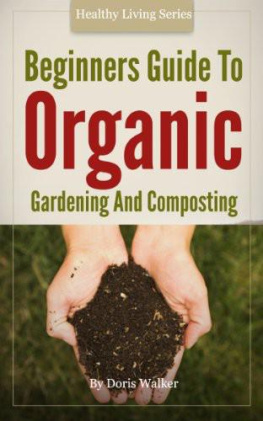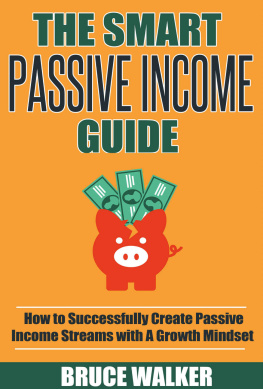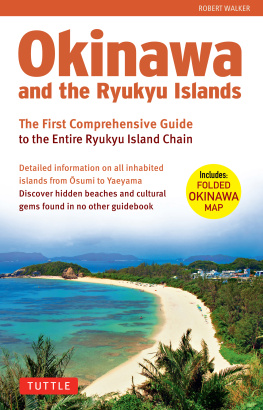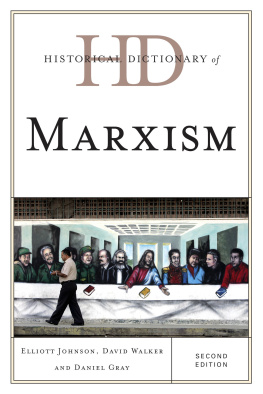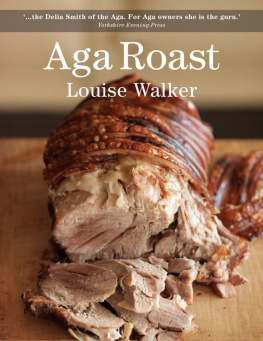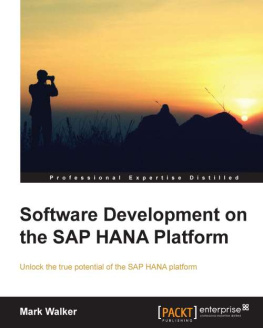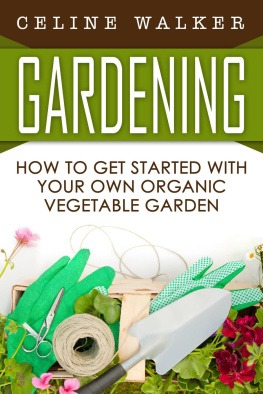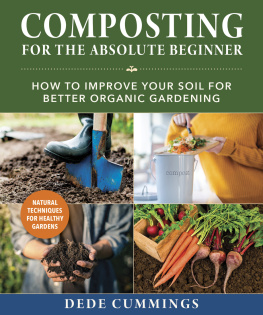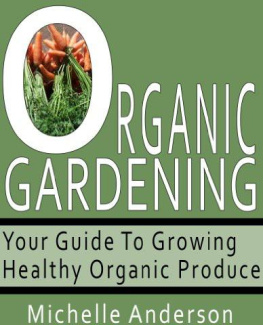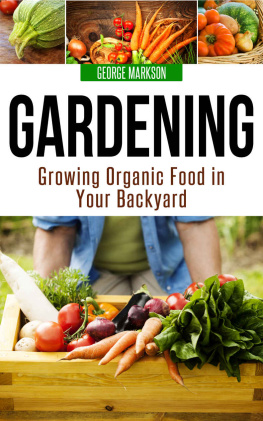Beginners Guide to Organic Gardening & Composting
PUBLISHED BY:
Just Kindle Books
Copyright 2013
Written By: Doris Walker
OTHER BOOKS FROM THIS AUTHOR
How To Get Rid Of Ants
Living Off The Grid With Organic Gardening
All Rights Reserved: No part of this publication may be replicated, redistributed, or give away in any form with the prior written consent of the author/publisher or the terms relayed to you herein.
Limit of Liability: This publication is designed to provide accurate and personal information in regard to the subject matter covered. It is sold with the understanding that the publisher is not engaged in rendering medical, legal, or other professional service. If medical, legal, or other professional service is required, the services of a competent professional person should be sought.
__________________________________________
We all learned in high school biology that "organic" refers to carbon compounds, or any material that is or was alive. The term "organic gardening" is used to mean cultivating plants without toxins meant to kill insects, weeds, and fungus, and without synthetic fertilizers. The advantage of organic gardening in your vegetable patch is obvious.
No one needs organophosphates or any other toxins on his or her veggies. We also don't need toxins getting into the soil, the water table, and, eventually, our tap water or the ocean. How can you have a good harvest without using toxic chemicals?
Let me climb down off my soapbox for a moment and tell you.
Composting
Composting is nature's way of recycling. It was discovered by American scientist George Washington Carver after the U.S. Civil War. The South was devastated economically from the war and the soil was worn out from many generations of growing cotton. Commercial fertilizer preparations were too expensive, but without enriching the soil the farmers would stay poor. The story goes that the Tuskegee professor was out walking and pondering the problem when he noticed a plant flourishing on a heap of garbage. The rotting garbage must be providing sustenance for the plant, and making cheap fertilizer would be possible with free materials.
There are two basic types of ingredients that go into making compost. The browns are high in carbon and the greens are higher in nitrogen, often having the ideal ratio. The ideal ratio of carbon to nitrogen should be about 25-30 parts carbon to 1 part nitrogen. Things like vegetable waste from the kitchen are considered green and have the right ratio. Old flowers and dead cultivars from the garden have a good ratio, but beware of adding diseased plants to the mix. Compost has to get really hot to kill the germs that caused the disease. Manure, seaweed, and alfalfa are greens that are particularly high in nitrogen and should be mixed with brown components.
Brown components come from trees and tree-like materials. Think of tree leaves, fruit, pine needles, paper, peanut shells, and corn husks. Wood ashes, although among the browns, have a good ratio of carbon to nitrogen because so much of the carbon has been released into the atmosphere as carbon dioxide. Some people advise against sawdust because of its high carbon content, but in areas with clay-type soil it helps to amend, or break up, the soil, and high nitrogen components can easily be added.
If all this sounds complicated, remember that mother nature is not a chemist, and yet she manages to grow some wonderful things. Toss in the carrot gratings, coffee grounds, banana peels, dead annuals, and newspapers and you should be fine. And if you happen to see an ad for free horse manure, go for it.
Things that should not be added to compost in include dog and human waste (believe it or not it's been tried) because of the danger of causing disease, and other animal waste products such as fat, which can make a stink and attract animals. Egg shells are one exception, and good if you are going to grow tomatoes. Slick Sunday supplements and colored paper should not be added because the dyes are toxic. Naturally, synthetics such as plastics have no place in compost.
Compost does not strictly need a container, but some people prefer one for its esthetic value or ease of use. Commercially made composters are designed to be easily turned, somewhat like a hand-operated cement mixer. You can also build a container 3 feet by 3 feet by 3 feet, a good size for one unit of compost. A trash barrel will work too, or you can have your compost pile on the ground away from any wood fences because they would rot in the presence of rotting vegetable matter, which, of course, is what compost is.
Compost is made when microorganisms and creatures in the soil break down vegetable material. That is what happens in forests and jungles where dead vegetable material is allowed to rot. The main microorganisms are friendly bacteria, fungi, and actinomycetes.
The most important microbes are the aerobic bacteria, which, as the name implies, need oxygen to live. Keeping aerobic bacteria alive makes for good compost, because when they die the anaerobes take over, changing your compost to make it less nutritious for your plants, and producing a foul odor. To aerate your compost, use a pitchfork or rake to fluff it up, or turn the pile if it is in a commercial composter. A ventilator stack can also be used. It can be made from a pipe or chicken wire cylinder stuck into the pile to admit air.
Compost should be kept moist but not soggy, because sogginess can make a stink, and you do not want nutrients leaking out of your compost. If you live in an area with lots of rain you will need a covering for your container. Your compost should be about as wet as a damp sponge.
During the first phase of composting, your compost will settle for about a week. This is when the actinomycetes perform the basic breakdown, giving the compost its rich, earthy scent. Then the temperature should rise. Aerobic bacteria break down organic matter by slow oxydation. Fire is fast oxydation, and, like fire, decomposition produces heat. If your compost does not heat up, composting is going slowly, and adding a nitrogen-rich substance such as manure can speed it up. Different kinds of aerobic bacteria do their work at different times, depending upon the temperature of the compost. Compost temperatures should range between 55 and 160 degrees Fahrenheit. At 160 many disease-producing microbes and weed seeds are killed, although keeping them out in the first place is a good idea. Aeration can increase temperature by allowing the aerobic bacteria more oxygen to do their job. After several weeks or months your compost will leave the thermophilic stage and begin a cooler phase when decomposition slows and fungi start to grow. During the final and curing stage the fungi will further break down what the bacteria have left behind.
Worms
Wormsare another of nature's ways of recycling. Unlike microorganisms, worms break down material at the macro level, tearing it to bits and digesting it, then excreting worm casts and worm tea, wonderful natural fertilizers. You can buy worms from shops that sell them for bait and save their lives. Use a plastic bin for their home, or if you use wood be sure that it has not been treated with cyanide. Your bin should be opaque to light because worms need to live in the dark. First add about a half inch to an inch of shredded newspaper, black and white only, to the bottom of your bin. Computer paper will do also. Sometimes companies have large bags of shredded paper that they are happy to give away rather than having to pay to have it hauled away. Worms can eat newspaper, but garbage is more nutritious. As in the case of composting, use only vegetable waste. Don't use grass cuttings or manure because they are apt to become too hot for your worms. Some people say that worms do not eat onions, while some worm raisers have found just the opposite. Don't overdo it with citrus fruit, although a few orange peels are okay. Start by feeding every few days, and watch to see how long it takes your worms to turn their food into castings. Lift a corner of the bedding and place garbage under it. Each time you feed your worms, place garbage into a different corner, to avoid running into old garbage. Putting all the garbage into one place will enable your worms to find it easily. Bedding should be kept moist, but water it gently to avoid drowning your worms. Bins can be kept outdoors in milder climates, but if the temperature goes below 50 degrees Fahrenheit or above 90, consider moving your worms to the basement or garage.
Next page
